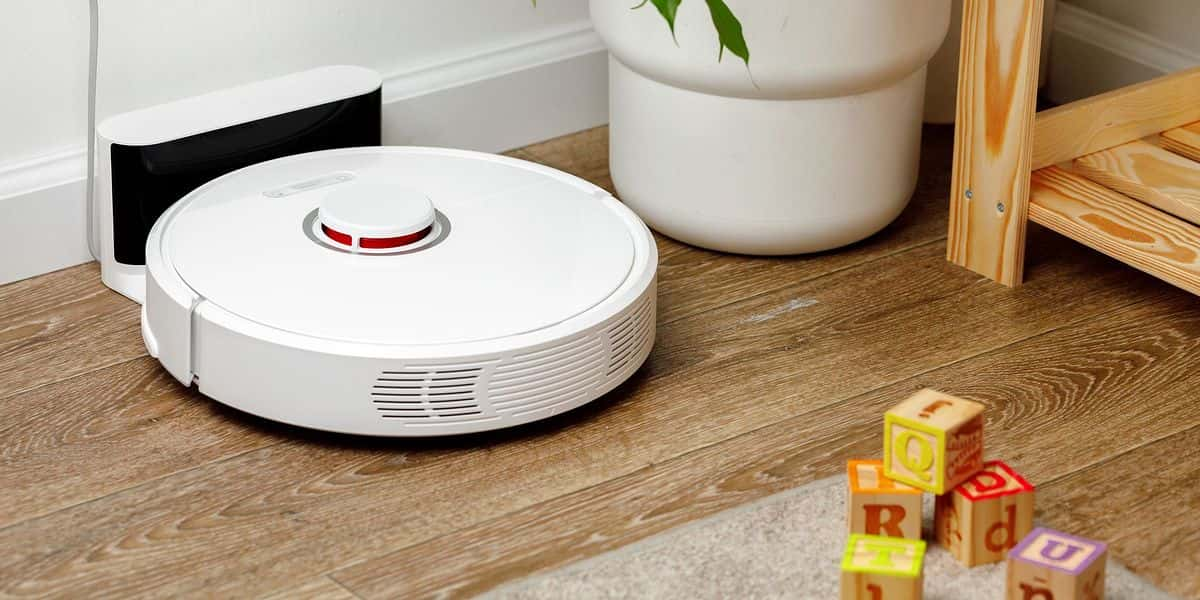How do you set up virtual boundaries or no-go zones for a robotic vacuum?
Setting up virtual boundaries or no-go zones for a robotic vacuum involves using the appropriate app that comes with the vacuum. The app can be used to draw virtual boundaries or no-go zones for the robotic vacuum to avoid. The robotic vacuum will then recognize the boundaries and will not cross over them. Some robotic vacuums also come with special magnetic strips that can be placed in areas where the robotic vacuum should not go.
How do pets react to robot vacuum cleaners?
Dogs and cats tend to learn quickly that a robovac is not the enemy. Robotic vacuum cleaners are a lot more silent than regular ones. Plus, they stroll around the house in a leisurely fashion without any abrupt movements, which might have a calming effect on your pet. We've all seen videos of cats sleeping on top of zooming robovacs!
Can you use a robotic vacuum on hardwood floors without damaging them?
Yes, you can use a robotic vacuum on hardwood floors without damaging them if the vacuum is designed specifically for hardwood floors. Many robotic vacuums have soft bristles and other features that help protect the floor from scratches.
How do you troubleshoot problems with a robotic vacuum?
1. First, make sure that the vacuum is charged and the power is turned on.
2. Check if there are any obstructions that could be blocking the robotic vacuum from moving, such as furniture, wires, or other objects.
3. Make sure that the robotic vacuum’s sensors, brushes, and any other moving parts are not damaged or clogged.
4. Check the filter and cleaning brushes to make sure they are not clogged with dirt or debris.
5. Check the settings, such as the suction, timer, and scheduling to make sure they are properly set.
6. Check for any software updates that may be available for the robotic vacuum.
7. If the issue persists, you may need to contact the manufacturer for more assistance.

